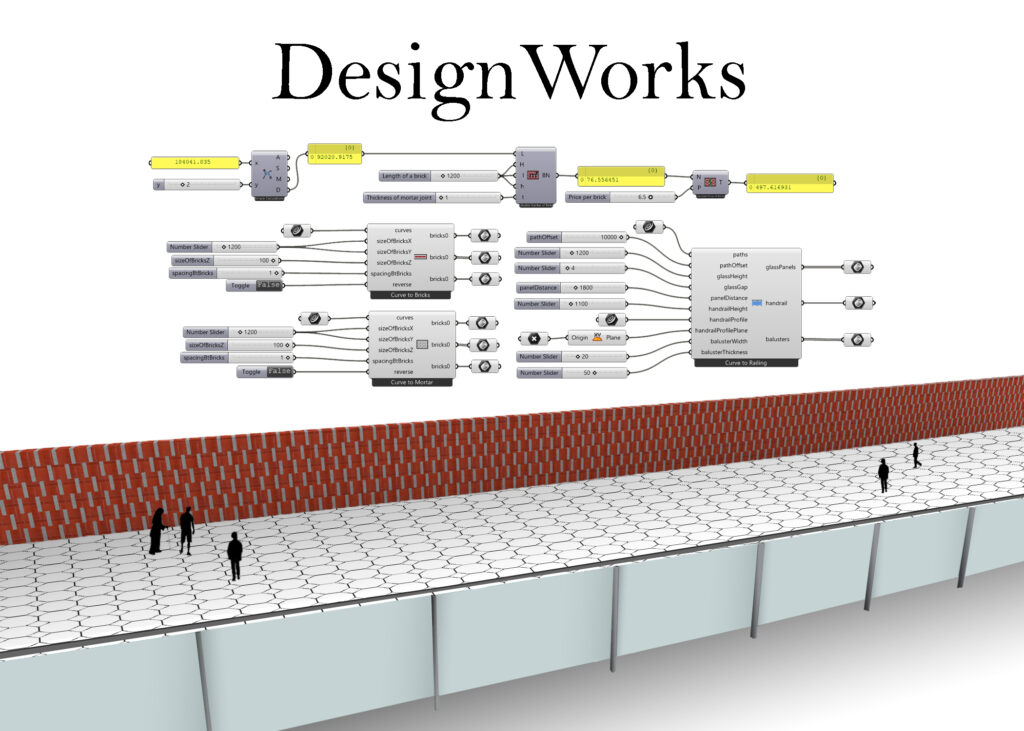The rapid advancements in digital technology have made it necessary for various industries and sectors, including architecture and civil engineering, to transition from traditional methods to digital methods. This shift offers architectural designers a new working environment in which they could express their creativity through the use of modern tools, such as 3D computer graphics software.
3D computer graphics software has been rapidly evolving over recent years and has become an essential design tool for architectural designers in developing 3D models. With the advancements in these specialised programs, it is now possible to use coding to design, analyse, and build forms regardless of their structure. 3D computer graphics software allows for more complex functionalities. Hence, it would require specific tools, such as plugins or scripts, to facilitate the design process. Furthermore, it would be crucial for architectural designers to understand the basic principles of programming to write their own scripts and create complex plugins that could introduce new functionalities to the software [1, 2]. By developing custom tools, users could save time and effort, and achieve greater precision and accuracy in their work.
The primary purpose of this project was twofold: a) to emphasise the importance of effective utilisation of 3D modelling software, which begins with the education provided by educational institutions; and b) the creation of an aesthetically pleasing visualisation of the mentioned concepts through the development of a custom tool, named DesignWorks.
It has been noted that various educational institutions have raised a number of concerns regarding the utilisation of 3D modelling software, as it has changed the way architecture students approach design projects. Such institutions tend to promote incorporating manual methods in the initial stages of a project, known as the drafting stage [3]. However, at a later stage in the design project, the use of a 3D modelling software is highly encouraged [3]. Hence, this study has also addressed the benefits and drawbacks of using 3D computer graphics software in the design of a project. In addition to this, the study highlighted the importance of coding in the field of architecture, since code could enhance the users’ experience of using such software through the development of a custom plugin.
In an attempt to prove the above and to achieve the stated objectives, the project set out to present a custom tool development by applying specific types of design techniques. The plugin included three primary concepts, namely: the building envelope (mainly bricks and mortar), railing composed of glass, and geometric patterns. The plugin was developed inside Visual Studio, an integrated development environment, with the programming language C#. The plugin was imported into Grasshopper 3D, a visual programming language and environment that runs within a 3D computer graphics software called Rhinoceros 3D. The programming language C# is supported by the graphical interface, Grasshopper 3D, among other programming languages.
The expected outcome of the plugin was its ability to generate 3D objects inside the viewport of Rhinoceros 3D, and include additional features that could perform analysis and calculation by data set by the user in the Grasshopper 3D interface.

Figure 1. A sample page of the DesignWorks custom tool
Student: Nicole Abdilla
Supervisor: Dr Clyde Meli
